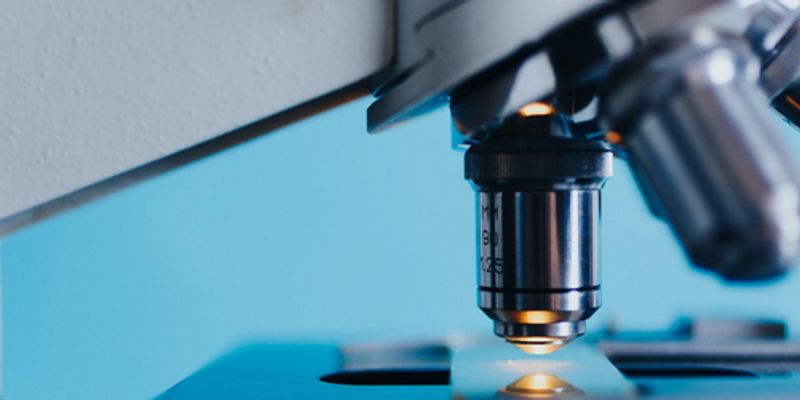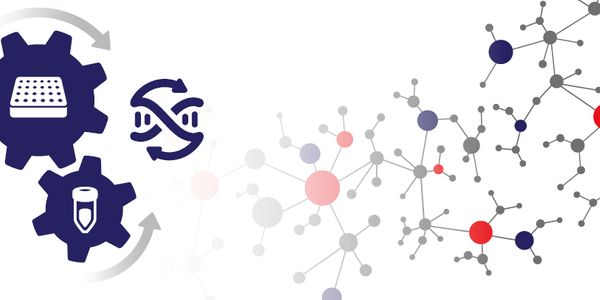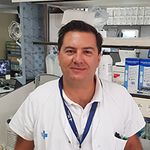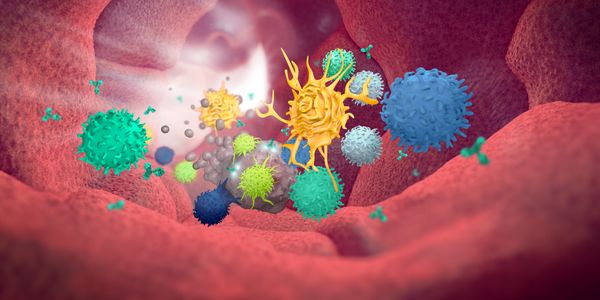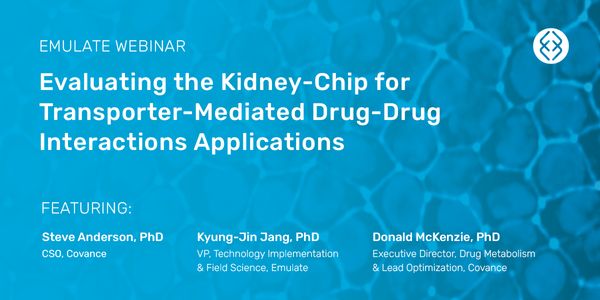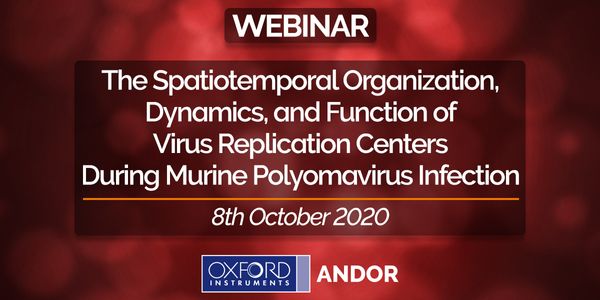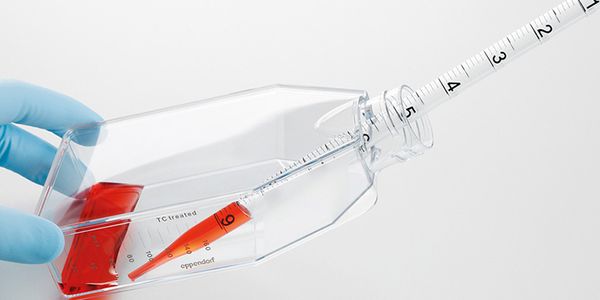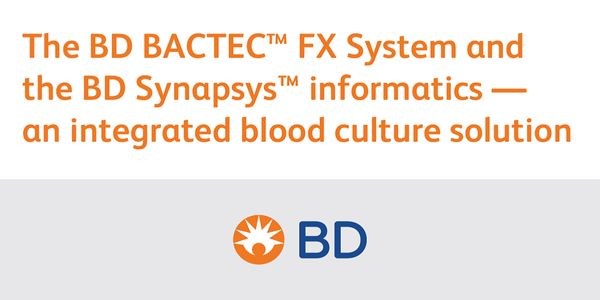Biochemistry and molecular biology
Biochemistry and molecular biology are complementary fields of science involved with biology, the study of living organisms. Biochemistry focuses on the chemical processes which occur in living organisms. Molecular biology concentrates on how molecules within living organisms interact.
-
Testing volumes need to increase by orders of magnitude in order to restore communities back to normality. This workshop focuses on solutions that equip laboratories to participate in expand...Speaker: Dr. Jared R. Auclair , Frank Ong, MD, CPI, CCRPPresented at: Clinical Diagnostics & Research Virtual Event Series 2020
Sponsored By: Thermo Fisher Scientific
Cases of traumatic brain injury (TBI) have been steadily rising over the past decade with most common causes of injury observed among participants in contact sports, combat military personne...
Speaker:
Paul R. Johnson, PhD, MT(ASCP), DABCC, FAACC
Biomarkers play a vital role in disease detection and treatment follow-up. It is important to note that the diseases in the early stage are typically treated with the greatest probability of...
Speaker:
Dr. Pradeep Kumar Dabla
NOV 10, 2020 | 9:00 AM
DATE: November 10, 2020 TIME: 9:00am PT, 12am ET Gene Synthesis ensures fast access to nearly any DNA sequence, regardless its origin or complexity. Its reliability, flexibility and fast tur...
NOV 05, 2020 | 7:00 AM
DATE: Date needed, 2020 TIME: Time needed Exosomes are a population of naturally occurring mobile, membrane-limited, 30 – 100 nm in diameter, extracellular vesicles containing a large...
Speaker:
Jorge Escobar
, Aurélie Tacheny
OCT 22, 2020 | 8:00 AM
Abstract: Detection and/or amplification of target DNA sequences by polymerase chain reaction (PCR) is a prevalent method in molecular biology. PCR has a broad range of applications, includi...
During the presentation, Dr. Hernandez-Losa will describe the experience in the Department of Pathology using NGS with S5-xl in different translational projects in solid tumors. Additionally...
Speaker:
Javier Hernandez-Losa, PhD
Presented at: OncomineWorld 2022: A Virtual NGS Education Meeting
During the presentation, Dr. Hernandez-Losa will describe the experience in the Department of Pathology using NGS with S5-xl in different translational projects in solid tumors. Additionally...
Speaker:
Javier Hernandez-Losa, PhD
Presented at: OncomineWorld Autumn: A virtual NGS education meeting
OCT 20, 2020 | 9:00 AM
DATE: October 20th, 2020 TIME: 08:00am PT, 11:00am ET Tumor-associated macrophages (TAMs) are key cells in the tumor microenvironment (TME) with diverse immune functions that have a major in...
OCT 15, 2020 | 9:00 AM
Date: October 15, 2020 Time: 9:00am (PDT), 12:00pm (EDT) Renal transporters play an important role in potential clinical drug-drug interactions (DDIs) as highlighted in the FDA, EMA and PMDA...
OCT 08, 2020 | 9:00 AM
Date: October 8, 2020 Time: 9:00am (PTD), 12:00pm (EDT), 5:00pm (GMT) Small DNA viruses require both host DNA replication and repair factors for their replication. The host cell replication...
OCT 08, 2020 | 7:00 AM
DATE: October 8, 2020 TIME: 7:00am PDT, 10:00am EDT, 4:00pm CEST How often do you pipette in your cell culture lab every day? Usually, we do it so often that we tend stop thinking about ho...
Robotic partial nephrectomy (RPN) has increasingly been applied to the treatment of small renal masses. Because of space limitations and the size of the robot at the patient side, the standa...
RNA plays important and diverse roles in biology, but molecular tools to manipulate and measure RNA are limited. We demonstrate that RNA-targeting CRISPR effector Cas13 can be engineered for...
Speaker:
Omar Abudayyeh, PhD
, Jonathan Gootenberg, PhD
Presented at: CRISPR Virtual Event Series 2020
SEP 30, 2020 | 12:00 AM
CRISPR experiments are a powerful tool which are easy to carry out, however it is more difficult to determine the outcome of these experiments, and to ensure that only the desired targets we...
There are many methods of nucleic acid isolation. Each technology offers different approaches of purification of the template. However, it is important to control carry over of “proces...
Speaker:
Katherine Mechling
